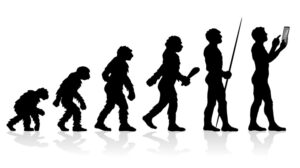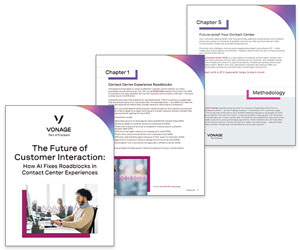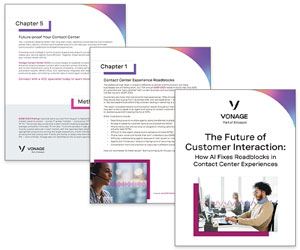Nearly half of the companies that were at the top of the Fortune 500 in 2000 were no longer there in 2010, research showed.
Why? Many businesses have become victims of what’s known as “digital Darwinism”.
This phrase describes the phenomenon when technology and society evolve faster than an organisation can adapt.
As we know from Charles Darwin’s theory of evolution, the fittest or strongest aren’t the ones that survive. The ones that are most adaptable do.
Many failed businesses were once very successful, with a huge amount of resources at their fingertips.
So, what’s happening?
Technology evolves rapidly and it shapes the shopping habits of consumers, but businesses have a hard time evolving at the same rate as their customers. Individual people are adaptable and spontaneous — businesses are not.
The sheer sizes of many corporate organisational structures weighs companies down, meaning consumers are able to change their behaviours quicker than a business can keep up.
When you think about it, you’ve often got CIOs struggling with existing road maps; managers wrestling with outdated procedures; marketing, sales, and service teams unaware of new customer touch-points; and executives and shareholders out of touch with new developments.
Considering all of this, it’s not surprising that adapting to a rapidly evolving digital culture has been nearly impossible for some companies.
Add to this that technology is raising customer expectations even further, and a lot of businesses are in a difficult position. The latest generation of consumers, often referred to as Generation C, is more connected than any before it.
These customers are informed, empowered, and ultimately in control as a result of new technology. Armed with a smartphone and instant access to their own digital “audience”, they demand attention, efficiency, and personalisation when they shop.
The answer: digital transformation
While “digital transformation” may just sound like the next big buzzword, it describes the fundamental shift in attitude needed to survive.
Brian Solis, one of the digital experts writing about this phenomenon, defines digital transformation as “the evolution (or revolution) of business philosophy, processes, models and systems to compete in a digital economy. Technology is and isn’t the answer to change”.
What’s interesting here is that you can’t just throw technology at the problem; the answer lies more in how you use and think about new technology — it’s the way you let new technology shape your business, the same way it shapes the lives of your customers.
Businesses need to be competing as much for relevance as they are for market share. This begins with fixing things that don’t appear to be broken.
Start by assessing the way your customers interact with you online and via mobile devices. How do they browse your site, and how do they get in touch? Your business processes should always be in line with how customers behave now — not last year.
To use just one example: social media is constantly evolving and the way customers might interact with your brand is evolving too. As new forms of social media pop up or new features get added to existing platforms, a new way of browsing or communicating becomes possible.
Digital customer experience
Gen C-ers want to be able to choose how and when they get in touch. And when they do reach out to you, they want you to remember them from their last contact — whether this was over Twitter or on the phone.
In short, they want a seamless and personalised omni-channel experience in every way — and you need tools that can help you deliver it.
By integrating with Salesforce, such tools should be able to provide a complete customer overview as well as support intelligent call routing that takes customers to the most appropriate agent. Especially when delivered in a cloud SaaS model, such contact insight tools are designed to help you adapt to today’s customer.
Adapting to survive
So, is your business able to evolve, or will it die out? That’s a question every CEO should be asking.
Altimeter Group interviewed some of the biggest companies in the world to find out how they intended to stay ahead. Of those interviewed, 88% said they were planning a formal digital transformation — and 68% said that changing company culture was the top priority.
However, only 25% of businesses had actually mapped out a digital customer journey, with 17% of companies at the beginning of studying this process.
This kind of research is essential. Customers don’t see departments; they see a brand. As a result, you need to ensure your customer experience is seamless across multiple channels — and this means omni-channel customer service.
For more information about Vonage - visit the Vonage Website
Call Centre Helper is not responsible for the content of these guest blog posts. The opinions expressed in this article are those of the author, and do not necessarily reflect those of Call Centre Helper.
Author: Vonage
Published On: 1st Mar 2017 - Last modified: 31st May 2017
Read more about - Guest Blogs, Vonage






 Vonage is redefining business communications, helping enterprises use fully-integrated unified communications, contact centre and programmable communications solutions via APIs.
Vonage is redefining business communications, helping enterprises use fully-integrated unified communications, contact centre and programmable communications solutions via APIs. 












